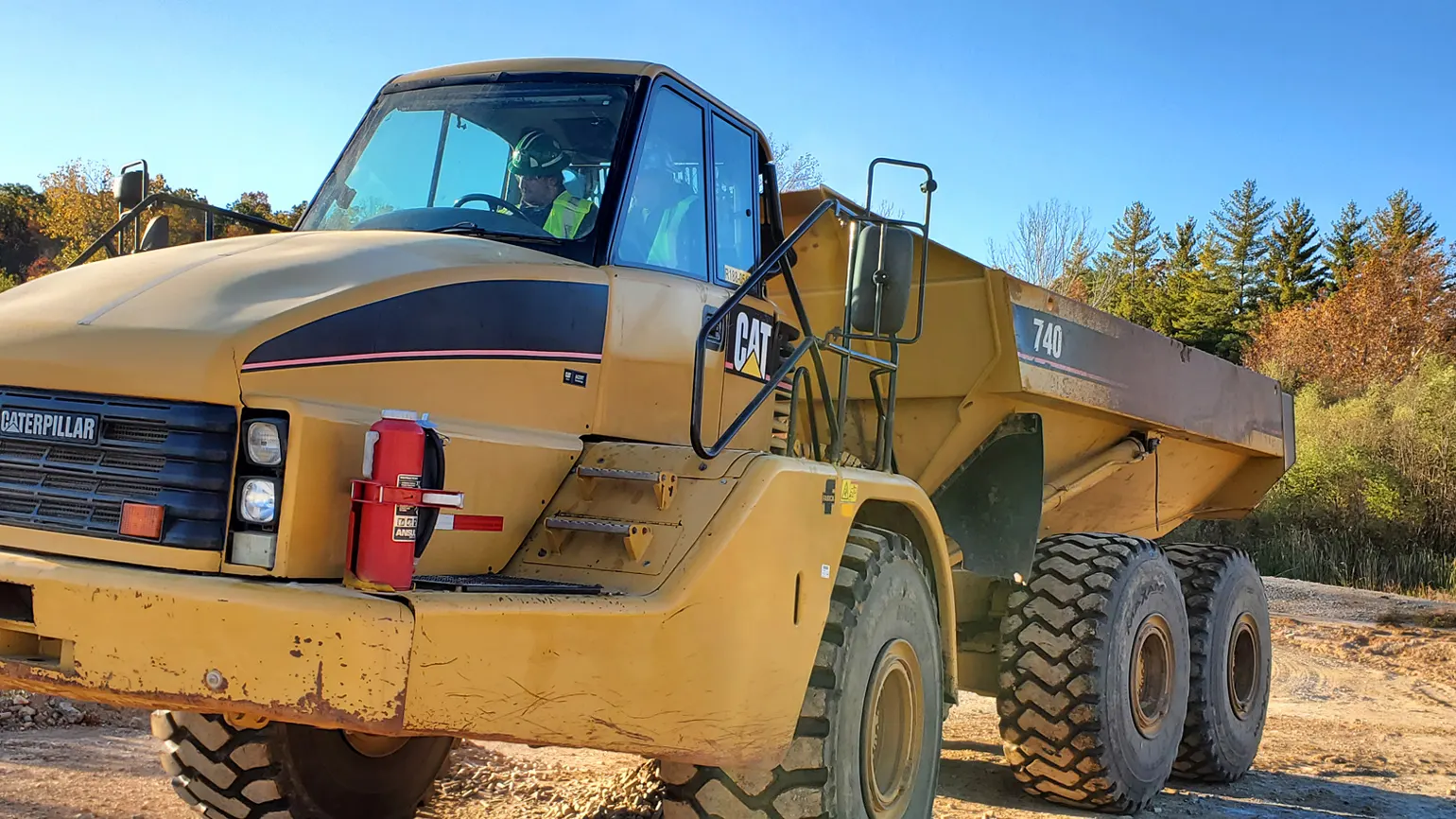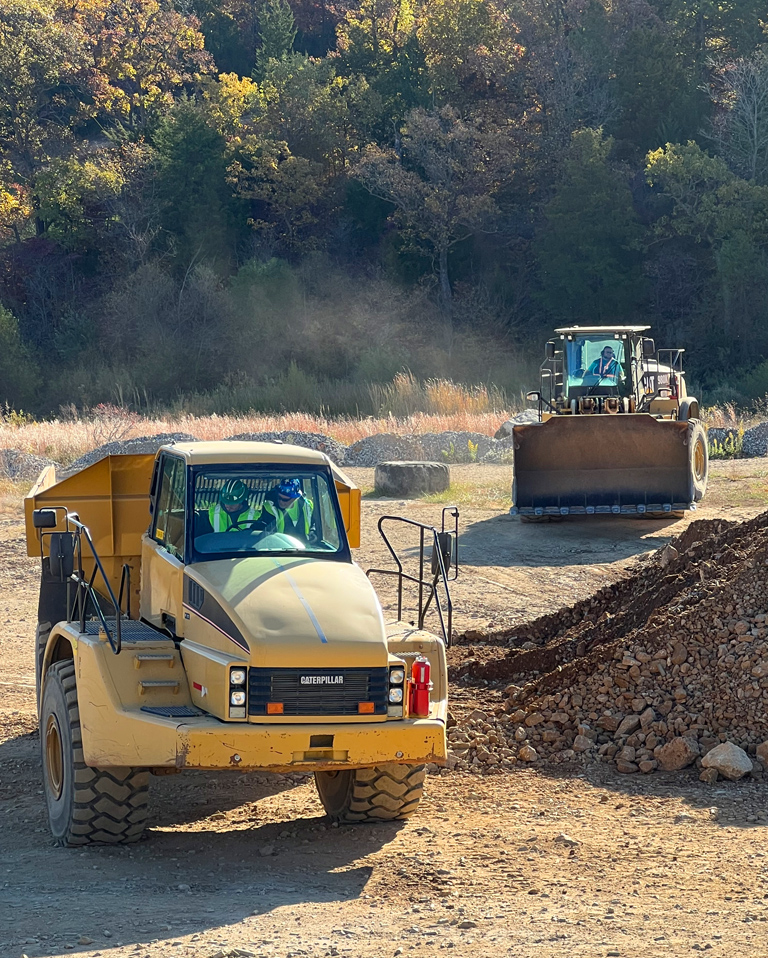Heavy Equipment Training Above and Below Ground
28 Jul 2023

Like the rest of the mining industry, Doe Run’s workforce demographics are changing. Today’s new employees often have less experience with hands-on trades and equipment use compared with previous generations. By improving upon the sophistication of our training programs, we are introducing new employees to the technical skills needed for a successful career at Doe Run.
One of these training initiatives is the Mobile Equipment Training (MET) program, in which experienced equipment operators train employees on the heavy equipment used both above and below ground.
“A part of our safety culture includes documenting near-misses and incidents that may not result in injury but could involve equipment damage,” said Kevin James, environmental health and safety manager at Doe Run. “These insights helped us design a training program to give employees thorough instruction and practice operating equipment appropriately.”
Safety specialists from each mine and mill location gathered their equipment incident reports and the data was thoroughly analyzed to determine the type of equipment involved, the location and operator’s level of experience. The resulting stats were organized by location and equipment type. Using this data, the Doe Run safety specialists worked over a two-month period to create the MET program. Each step of the way, the safety specialists coordinated with operations and maintenance teams at the mine sites to make sure the curriculum was on target.
Prior to any hands-on training, students are instructed on the fundamentals of operating the equipment through classroom training. Instructors cover basic components of the equipment, its capabilities, operating techniques and the steps in conducting a pre-shift inspection of the equipment. Upon completion of the classroom session, each employee takes a written test over the material.
Once the employee passes their written exam, they move on to the hands-on portion of training. Employees learn how to inspect, maintain and troubleshoot a haul truck and loader from experienced maintenance personnel.

After a full day of maintenance and familiarization, the employees are introduced to the obstacle course. The obstacle course simulates what drivers would encounter below ground in the mines. Old heavy equipment tires are used to mimic mine walls and create even more constrained spaces than drivers will experience once underground. Instructors have also built mock “headings” (the face of the mine where new ore will be recovered) to simulate areas in which drivers must maneuver their truck and loader. Other course elements include a simulated three-tiered haul road complete with varying slopes and inclines, tight turns, and wet areas.
Once drivers have successfully completed the above-ground training, they move underground in an area without active mining. Here, they master the challenge of driving in the dark and learning the importance of headlights to not only navigate but also to communicate with other drivers. They also perform daily pre-shift inspections of equipment, including tire pressure, brakes and engine oil level, under the supervision of instructors.
Driving the front-end loader underground is the most challenging of the hands-on lessons, as it involves constant multitasking by the driver. This includes:
- Filling the loading bucket with up to 30,000 pounds of ore without spinning the tires.
- Turning the loader to orient it in line with the haul truck.
- Keeping the loading bucket high enough to clear the side of the haul truck when dumping the ore into the back of the truck.
- Safely backing the loader from the truck when loading is complete.
- Keeping the work area free of debris.
- Being efficient with maneuvering loads.
During the training, students spent 10 hours a day for 10 days learning to safely operate equipment. The training is followed by task training and ride-alongs at the employees’ assigned mine. Since its launch in April 2022, 118 new employees have been trained in the MET program.


